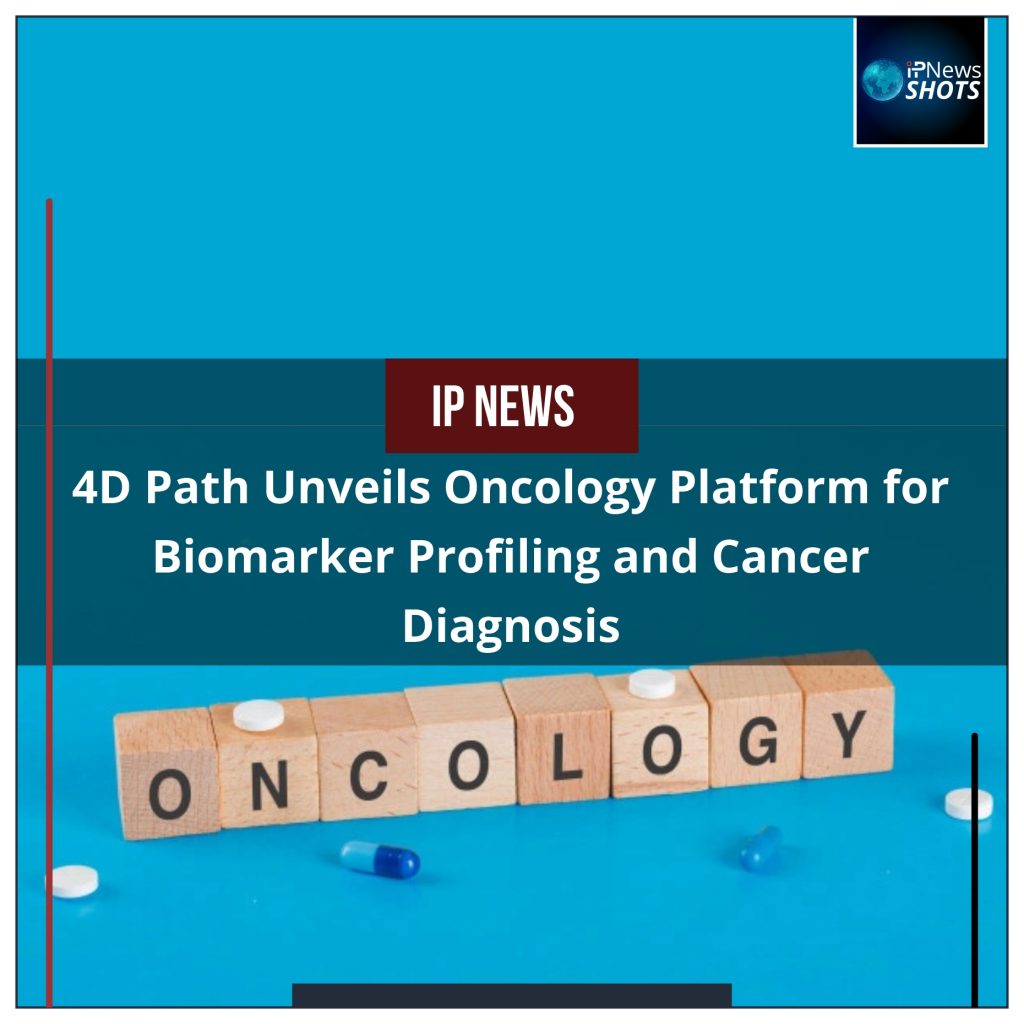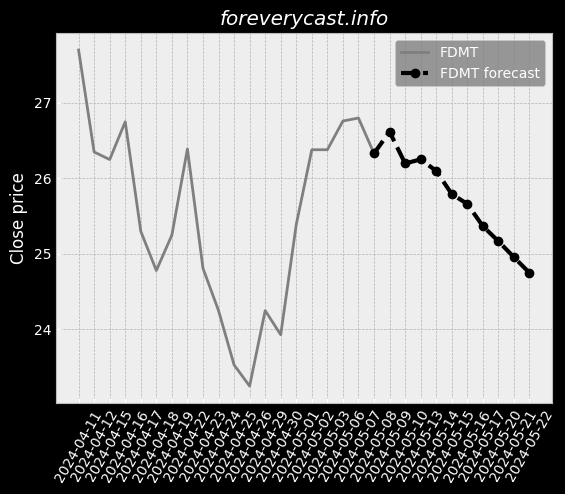


4DMT’s gene therapy is a promising approach because, unlike other gene therapy approaches, it is delivered via intravitreal injection, a routine clinical route of administration that targets the entire surface of the retina. “There are currently no treatment options available to these XLRP patients. Cagri Besirli, M.D., Ph.D., University of Michigan, Kellogg Eye Center and a principal investigator on the 4D-125 Phase 1/2 clinical trial. “XLRP is a slowly progressing inherited retinal dystrophy that leads to vision loss and ultimately blindness,” said Dr. We plan to explore development paths that include treating both early stage and advanced patient populations.” In the case of XLRP, we believe that early stage patient populations may have the potential to benefit from our gene therapy even more than advanced patients given our goal of preserving photoreceptors. “We designed 4D-125 to be administered via intravitreal administration, which targets the entire surface of the retina and thereby enables the potential to treat broader patient populations, including early stage patients, more effectively than is feasible with subretinal approaches.

Robert Kim, M.D., Senior Vice President & Clinical Therapeutic Area Head, Ophthalmology. “Given the encouraging data we have seen with our intravitreal gene therapy, we plan to continue enrolling patients at the top dose level of 1E12 vg/eye in the dose expansion cohort, including treatment of patients with less advanced disease who are evaluable for both anatomical and functional endpoints,” said Dr. Consistent with our prior guidance, we expect our first R100-based large-market product candidate, 4D-150 for wet AMD, to enter clinical development before year-end.”

We believe these results validate the potential of our platform, and of the R100 vector, which is also deployed in 4DMT targeted product candidates designed to treat a variety of large market diseases. “These data support our belief that 4D-125 is well tolerated, and has the potential to both slow the progressive loss of photoreceptors in patients with XLRP after a single intravitreal injection and to improve visual function. “These are the first clinical data reported with a product invented from our Therapeutic Vector Evolution platform at 4DMT, and these interim data demonstrate clinical proof-of-concept for safety, tolerability and clinical activity,” said David Kirn, M.D., Co-founder and Chief Executive Officer of 4DMT. The interim data were presented today in a late-breaking presentation at the American Society of Retina Specialists (ASRS) 39 th Annual Meeting.
4d molecular therapeutics phone trial#
10, 2021 (GLOBE NEWSWIRE) - 4D Molecular Therapeutics (Nasdaq: FDMT), a clinical-stage gene therapy company harnessing the power of directed evolution for targeted gene therapies, announced interim safety and clinical activity data from the Phase 1/2 clinical trial of intravitreal 4D-125 in patients with advanced X-linked retinitis pigmentosa (XLRP). 4DMT to host conference call and webcast on Monday, Octoat 8:00 a.m EDTĮMERYVILLE, Calif., Oct.4DMT plans to continue enrollment at the 1E12 vg/eye in the dose expansion cohort, including in less advanced patients.Clinical activity observed through functional improvements in treated vs untreated control eyes on two microperimetry endpoints: (1) mean retinal sensitivity and (2) number of loci with >7 dB improvement.Clinical activity observed through anatomical measurements of reduced photoreceptor loss in treated vs untreated control eyes on ellipsoid zone area endpoints.4D-125 was well tolerated in all patients treated to-date (n=8), with no dose-limiting toxicities, no serious adverse events and no chronic inflammation.


 0 kommentar(er)
0 kommentar(er)
